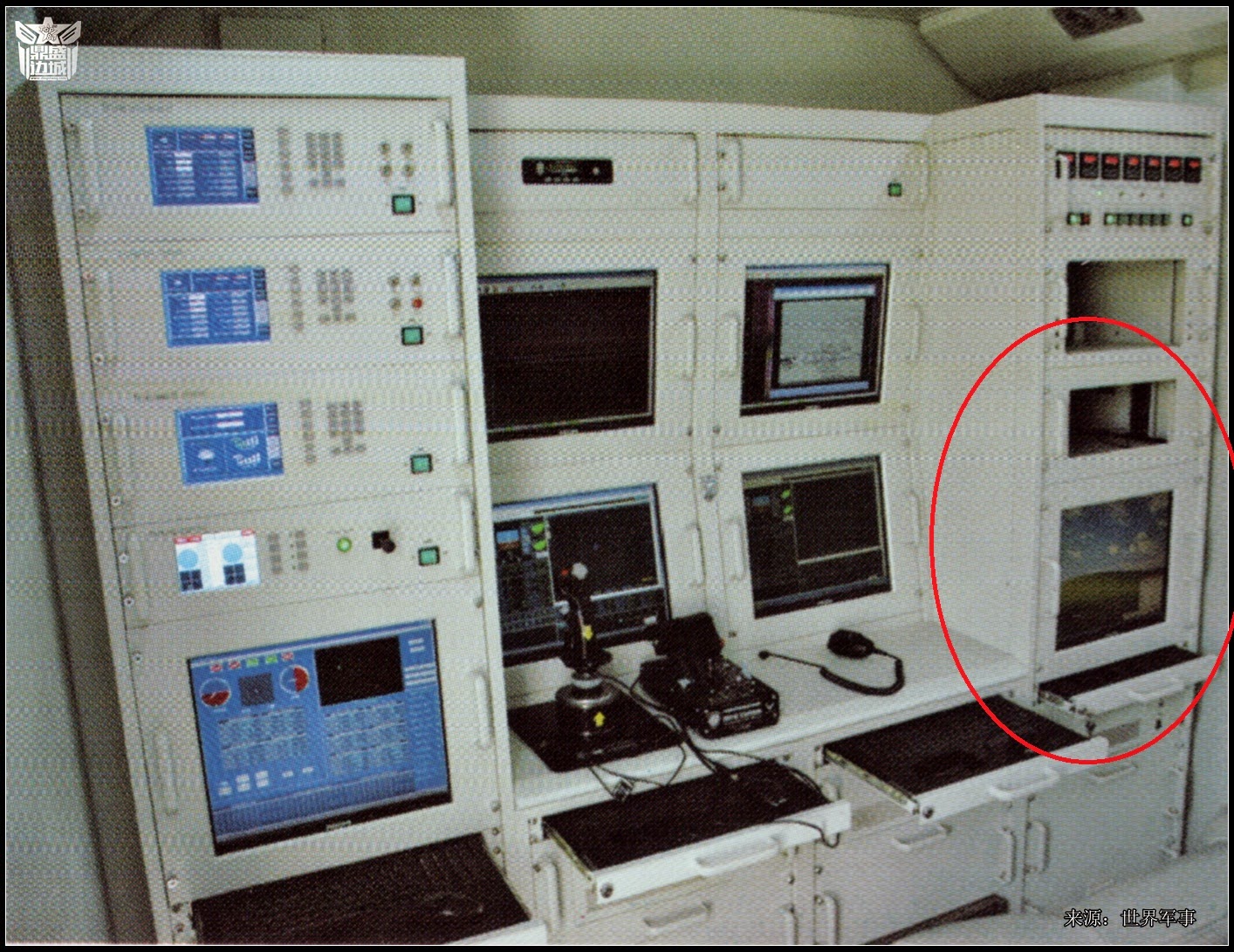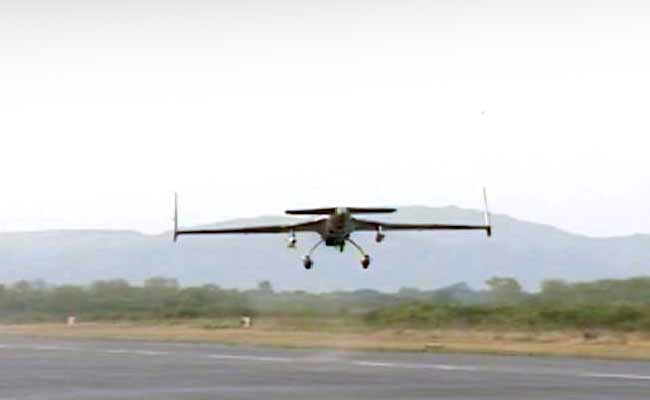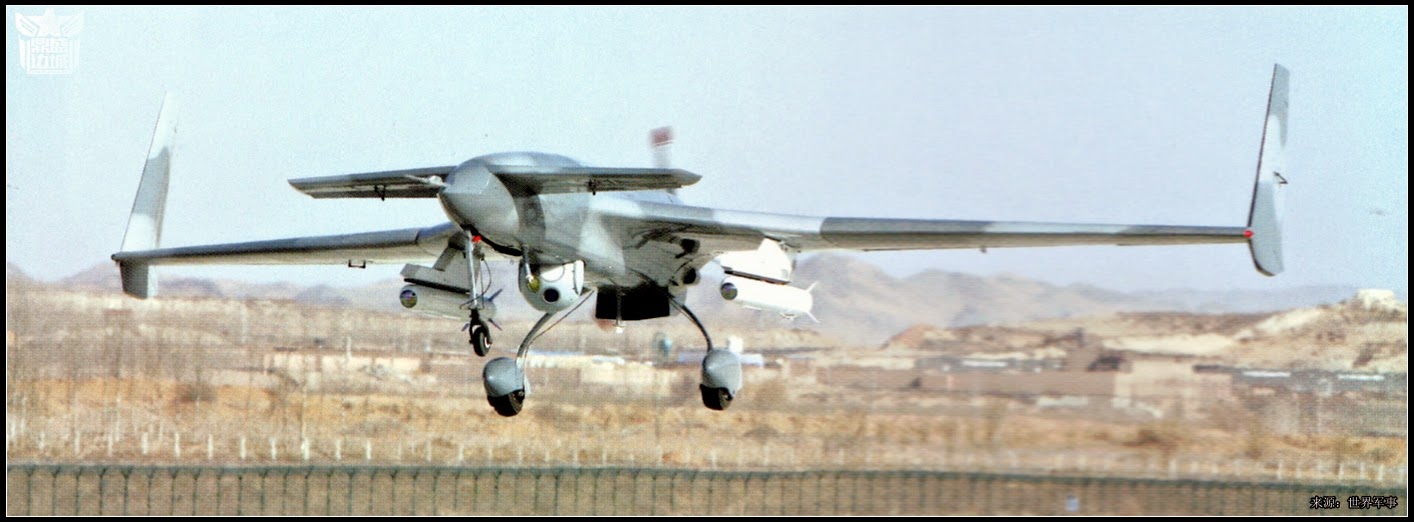QAMARSHAZADQURESHI
FULL MEMBER

- Joined
- Feb 19, 2015
- Messages
- 203
- Reaction score
- 0
- Country
- Location
Follow along with the video below to see how to install our site as a web app on your home screen.
Note: This feature may not be available in some browsers.




Why does this post get negative rating? It takes research to find such facts.

Phata poster nikla he-man. What will you do after removing negatives, in two or three days you will probably be banned again lol.

can be done through beidou text message service which is available to military users.I don't think it can support more missiles. CH-3 also carries 2 missiles only. The payload limit (including EO turret) is too small for this category of UAVs.
No it can't, because there is no SATCOM receiver on it.


Why does this post get negative rating? It takes research to find such facts.
Please remove this pic brother , it's off-topic .
most of the times he expresses himself with picture .
he is trying to say that Rustom looks like Burraq . no trolling intended

@A.Rafay Giving negative rating doesn't change the reality.Behave like senior member not some monkey with assault rifle.

I think the best way to go would be a J.V with turkey as they have really progressed in this sectorWhy don't we buy from China and Turkey ?????

I gave you 1 more to make it 30, it seemed odd

please give me pictures & information !


You said "your COAS is lying through the teeth" That is an utterly insulting and Shameless behavior from you. Why would COAS lie about something?@A.Rafay Giving negative rating doesn't change the reality.Behave like senior member not some monkey with assault rifle.




